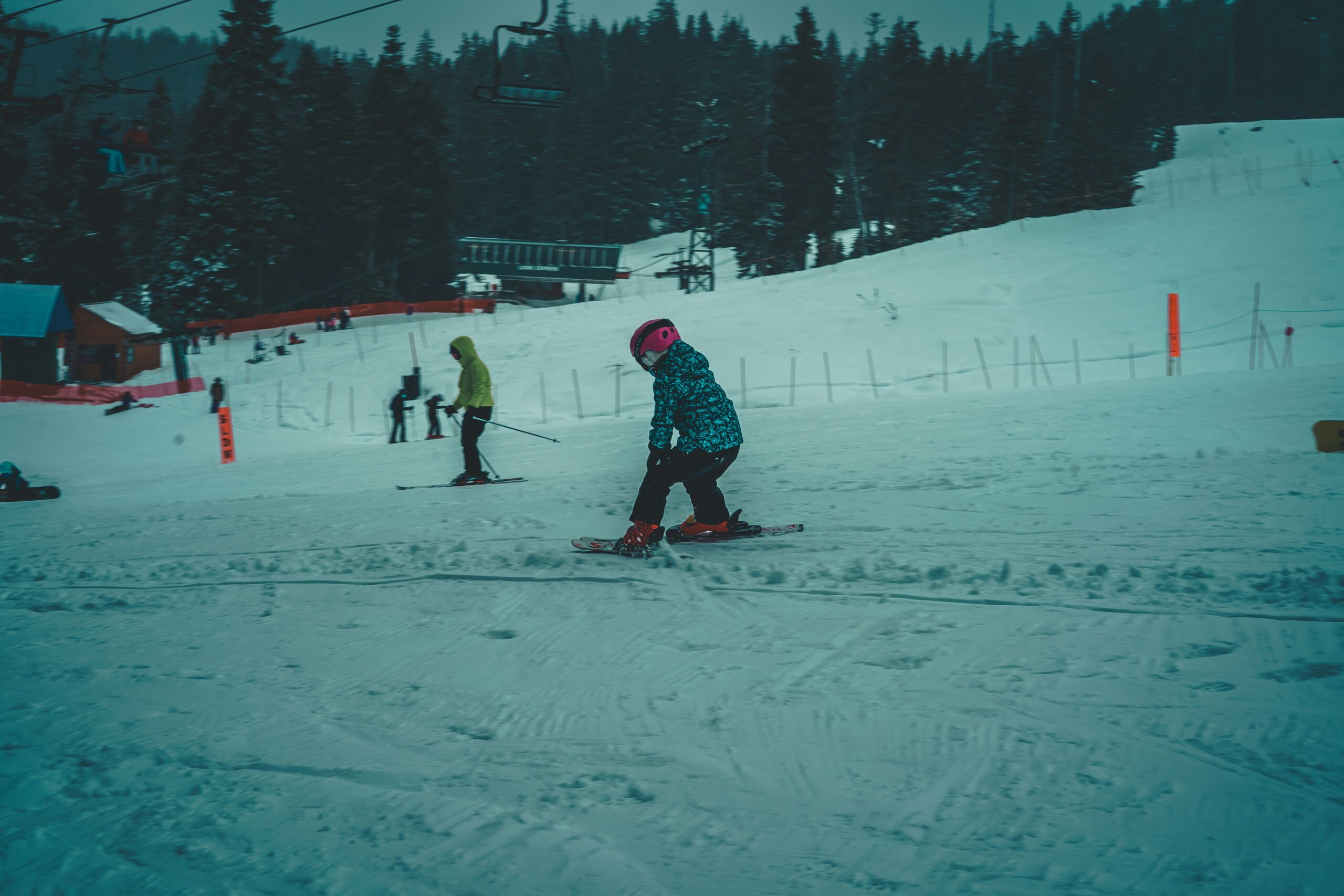
Snowboarding is an exhilarating winter sport that combines balance, agility, and creativity. Whether you’re just starting or eager to take on advanced tricks, mastering snowboarding techniques requires dedication, practice, and understanding of the fundamentals. This article will guide you through essential skills to get you riding confidently down the slopes and progressing toward more complex maneuvers.
Getting Started with the Basics
Maintaining balance and control on the board is at the core of snowboarding. When beginners first step onto their snowboard, they must learn to stand correctly and distribute their weight. Standing with knees slightly bent and shoulders aligned over the board helps create stability. Additionally, it is crucial to feel comfortable shifting your weight between your heels and toes because it allows you to steer and stop effectively.
Moreover, beginners often struggle to learn to glide smoothly across the snow. By practicing on gentle slopes and focusing on controlling speed, riders build confidence and familiarity with the board’s responsiveness. As you gain momentum, you start to feel how the board reacts to your movements, laying the foundation for more advanced control.
Mastering Turning Techniques
Turning becomes the next milestone once you become comfortable with basic balance and riding straight. Snowboarding turns rely heavily on shifting weight and engaging the board’s edges. Heel-side and toe-side turns allow you to change direction smoothly while maintaining speed and control. By gradually leaning into your heels or toes, you engage the board’s edges, which grip the snow and enable turns.
Turning smoothly also involves coordinating your upper body with your lower body. When you initiate a turn, rotating your shoulders and looking toward the new direction helps align the whole body, making the maneuver more fluid. As you practice these techniques, your turns will become more precise and controlled, allowing you to navigate varied terrains confidently.
Improving Speed Control and Stopping
Controlling speed is essential for safety and confidence on the slopes. Beginners often find it challenging to regulate how fast they go, but mastering this skill can prevent falls and collisions. One effective way to slow down is by using the “falling leaf” technique, which involves traversing the slope diagonally while switching between heel and toe edges. This method allows riders to control speed gradually while maintaining balance.
Additionally, stopping effectively requires a firm understanding of edge control. By digging the edge of your board into the snow at the right angle, you can safely bring yourself to a complete stop. Practicing these maneuvers repeatedly in safe environments builds muscle memory, so you react instinctively during more challenging rides.
Exploring Intermediate Moves
After gaining confidence in basic turns and speed control, riders often seek to expand their repertoire with intermediate maneuvers. Linking turns smoothly at higher speeds is one way to improve flow and efficiency on the mountain. This requires precise weight shifts and timing of your movements so that you transition seamlessly from one turn to the next without losing momentum.
Another critical skill at this level is riding a switch or snowboarding with your non-dominant foot forward. This challenges your balance and coordination, enhancing your ability to adapt on the board. The riding switch becomes especially useful for freestyle snowboarding, as it opens up more possibilities for tricks and creative expressions in the snow.
Taking on Advanced Tricks
The world of advanced snowboarding offers endless opportunities for creativity and challenge. Tricks such as jumps, spins, and grabs require a solid foundation of balance, control, and confidence built during earlier stages. When attempting these maneuvers, understanding the timing of your movements is critical. For example, approaching a jump with proper speed and posture sets you up for a controlled takeoff and smooth landing.
Incorporating spins into your snowboarding routine demands a strong sense of body awareness. You must coordinate rotation in the air while maintaining control of your board and preparing for impact. Grabs add flair and style by involving hand contact with the board during aerial maneuvers. Combining these elements requires practice, courage, and a willingness to push your limits progressively.
Training Your Body for Snowboarding
Physical fitness plays a significant role in snowboarding performance. Strong core muscles improve balance and help absorb shocks from uneven terrain or landings. Flexibility also enhances your range of motion, making it easier to execute turns and tricks smoothly. Therefore, many snowboarders complement their practice with strength training, stretching, and cardiovascular exercises to stay agile and resilient.
Furthermore, mental preparation is equally important. Snowboarding challenges you to stay focused, remain calm under pressure and assess risks accurately. Visualizing your movements before attempting new tricks can boost confidence and reduce anxiety. Combining physical conditioning with mental readiness creates the ideal mindset to progress safely and enjoyably.
Safety Tips and Injury Prevention
Snowboarding involves inherent risks, but taking precautions can minimize injuries. Wearing appropriate protective gear such as helmets, wrist guards, and padded clothing shields you from impacts during falls. Learning to fall safely by relaxing your body and avoiding stiffening up reduces the chance of serious injury.
Moreover, understanding your limits and gradually advancing in difficulty prevents overexertion. Snowboarders who push too quickly without mastering basics are more likely to sustain injuries. Listening to your body and taking breaks ensures sustained progress and enjoyment throughout the season.
The Joy of Snowboarding Progression
Mastering snowboarding techniques is a rewarding journey that blends skill development with personal expression. As you move from basics to advanced tricks, every challenge conquered brings a new sense of achievement. The slopes transform into a playground where you can explore creativity while connecting with nature and fellow riders.
Ultimately, snowboarding is more than just a sport; it’s a lifestyle that encourages growth, resilience, and adventure. Whether you aim to carve perfect turns or land spectacular aerials, dedication to learning and practicing will keep you advancing. Embrace the process and enjoy every moment on the board as you master the art of snowboarding.